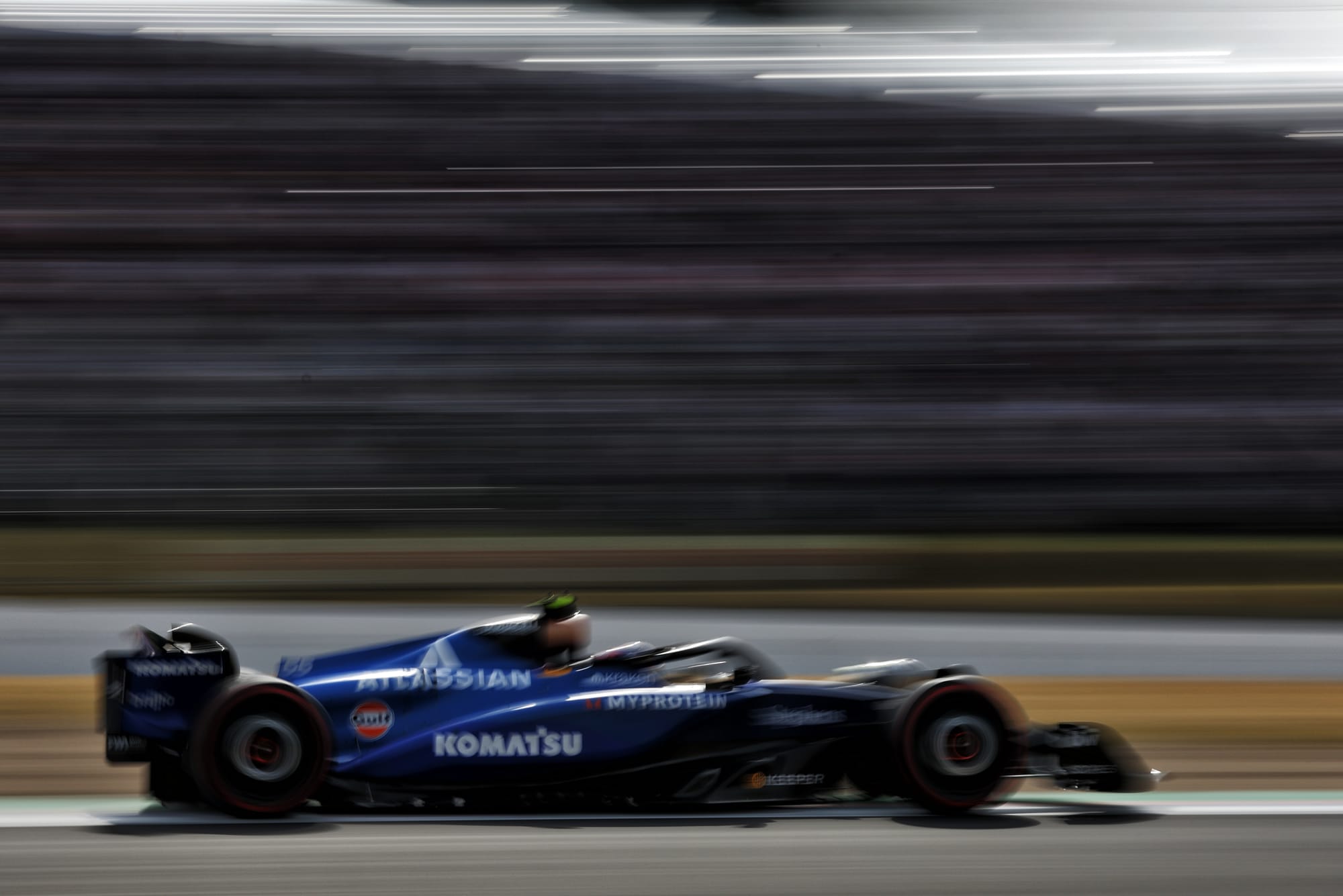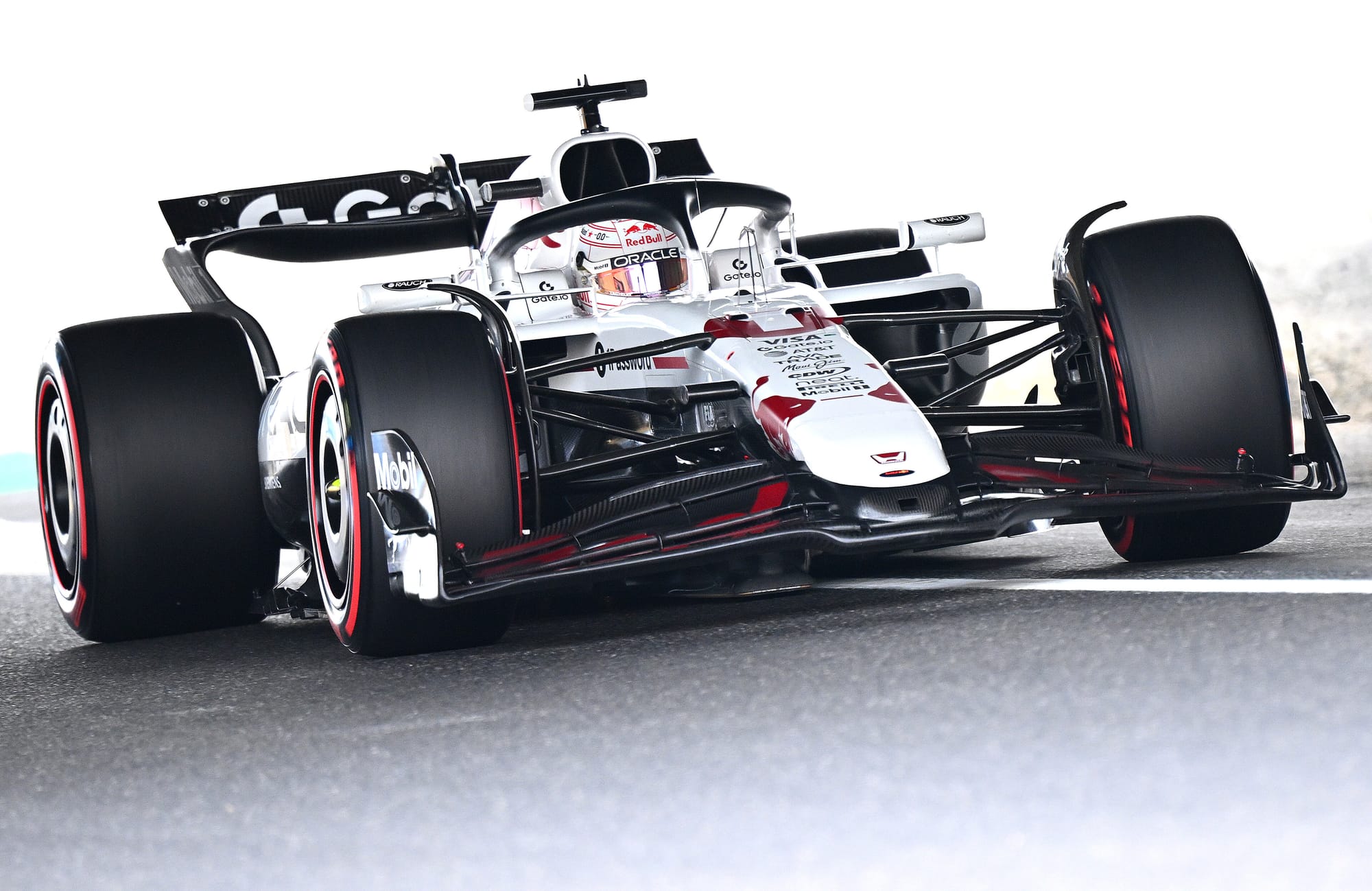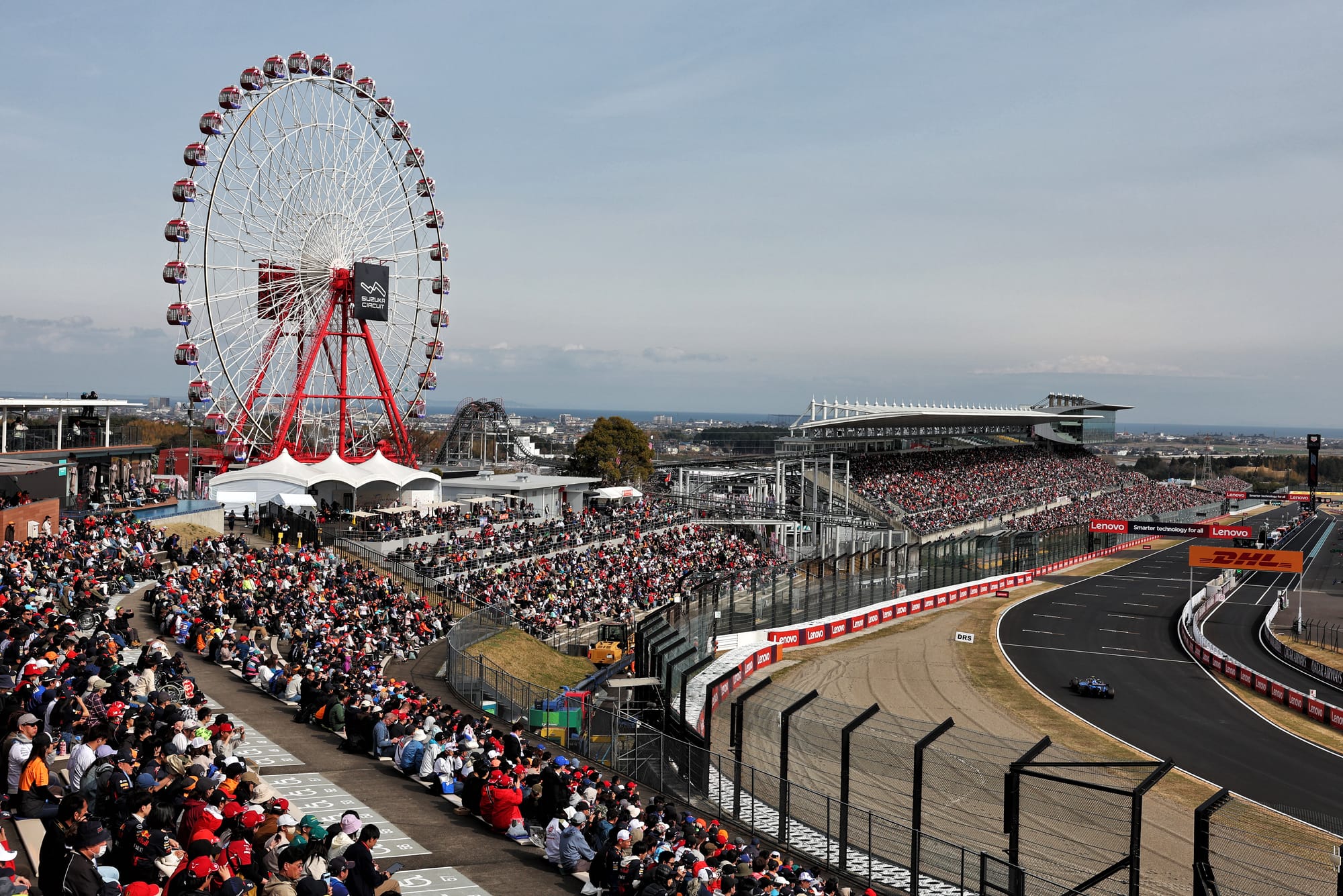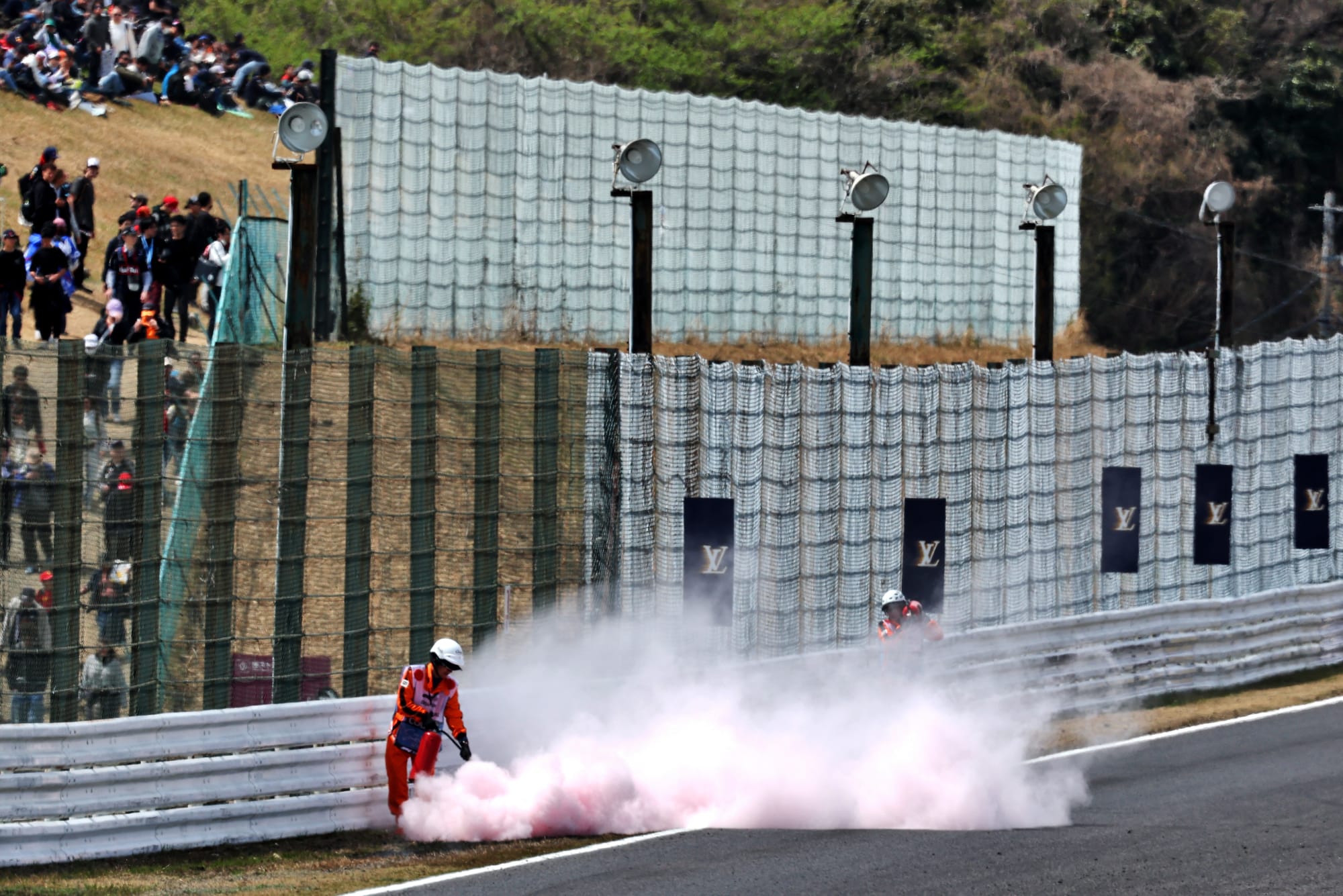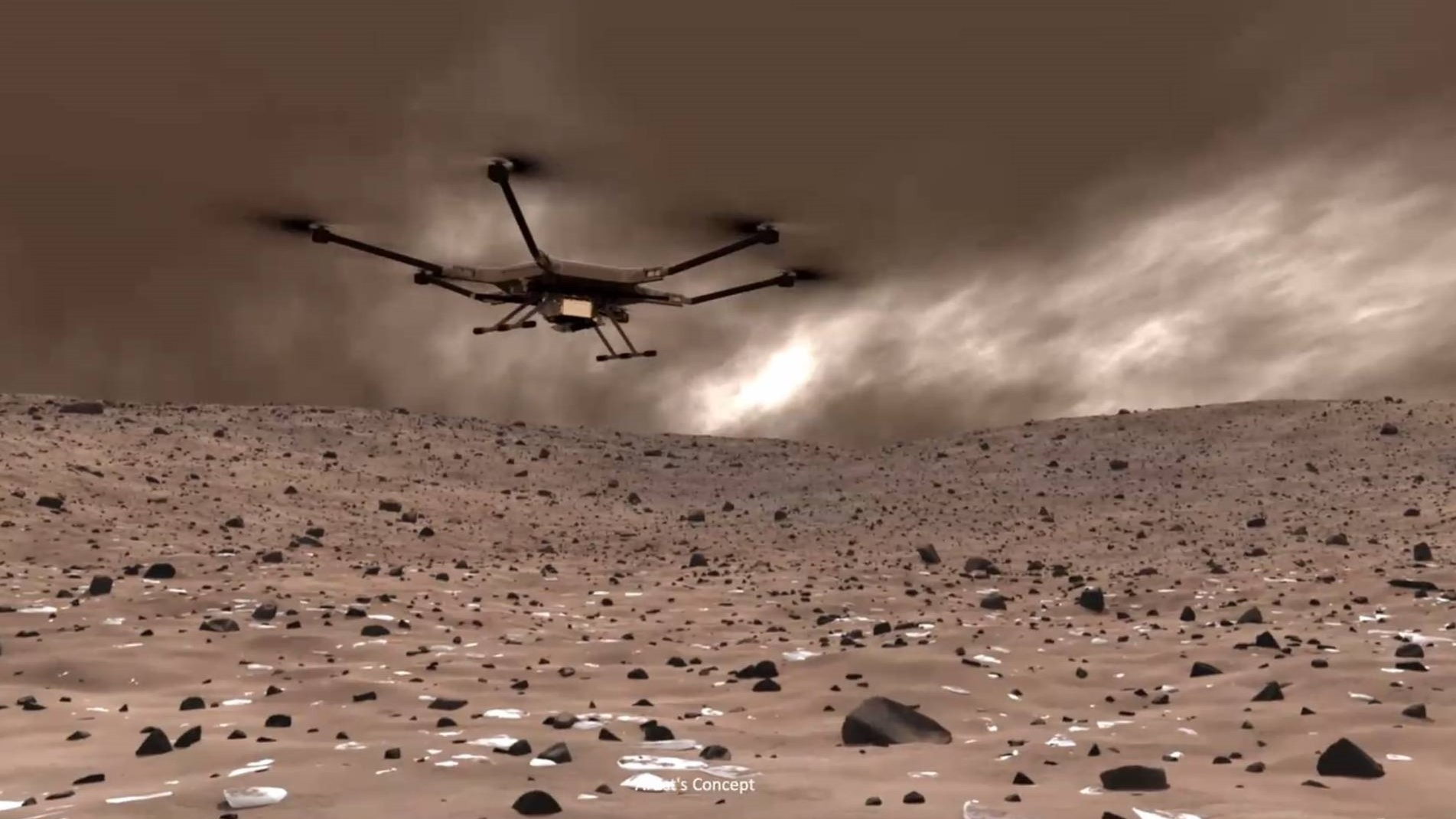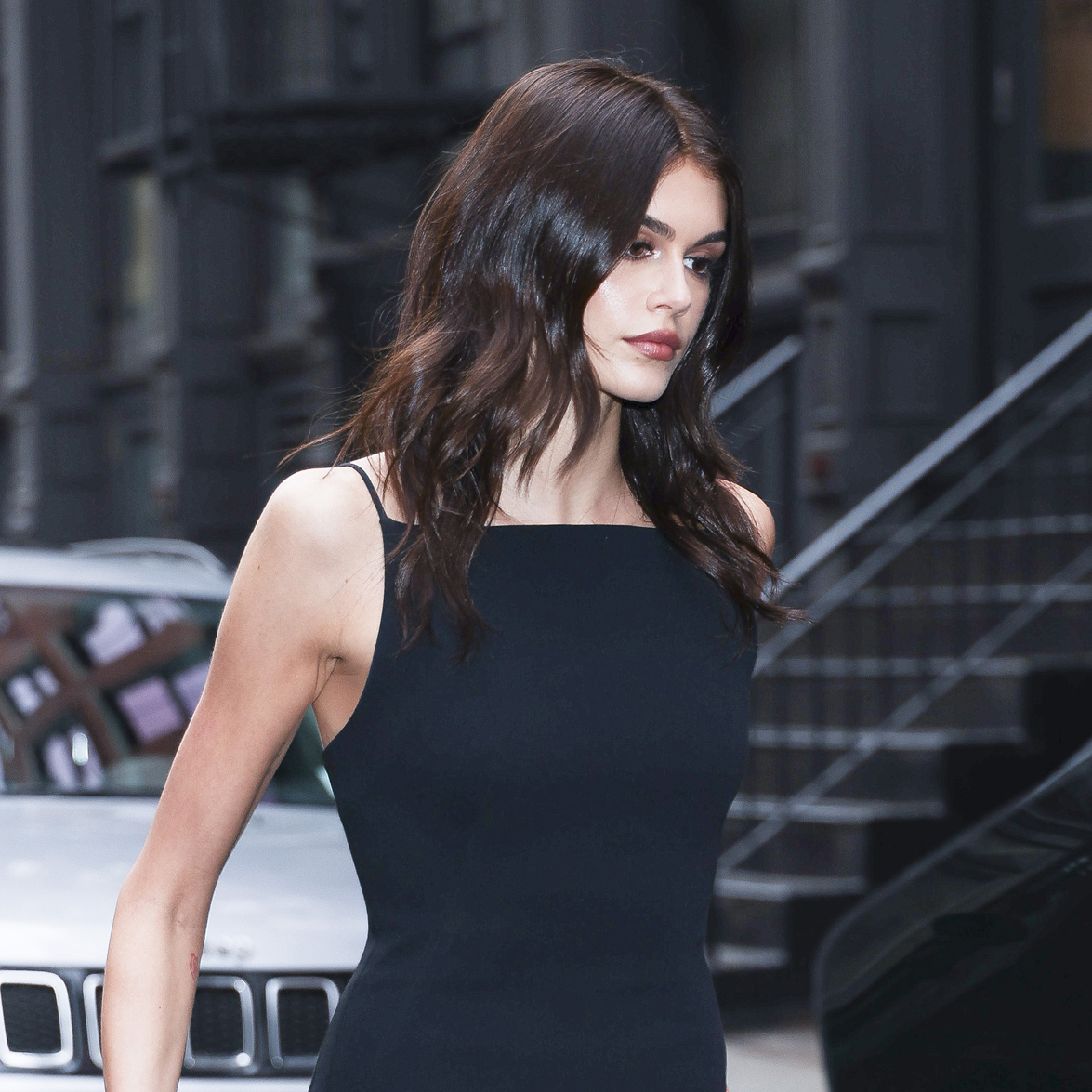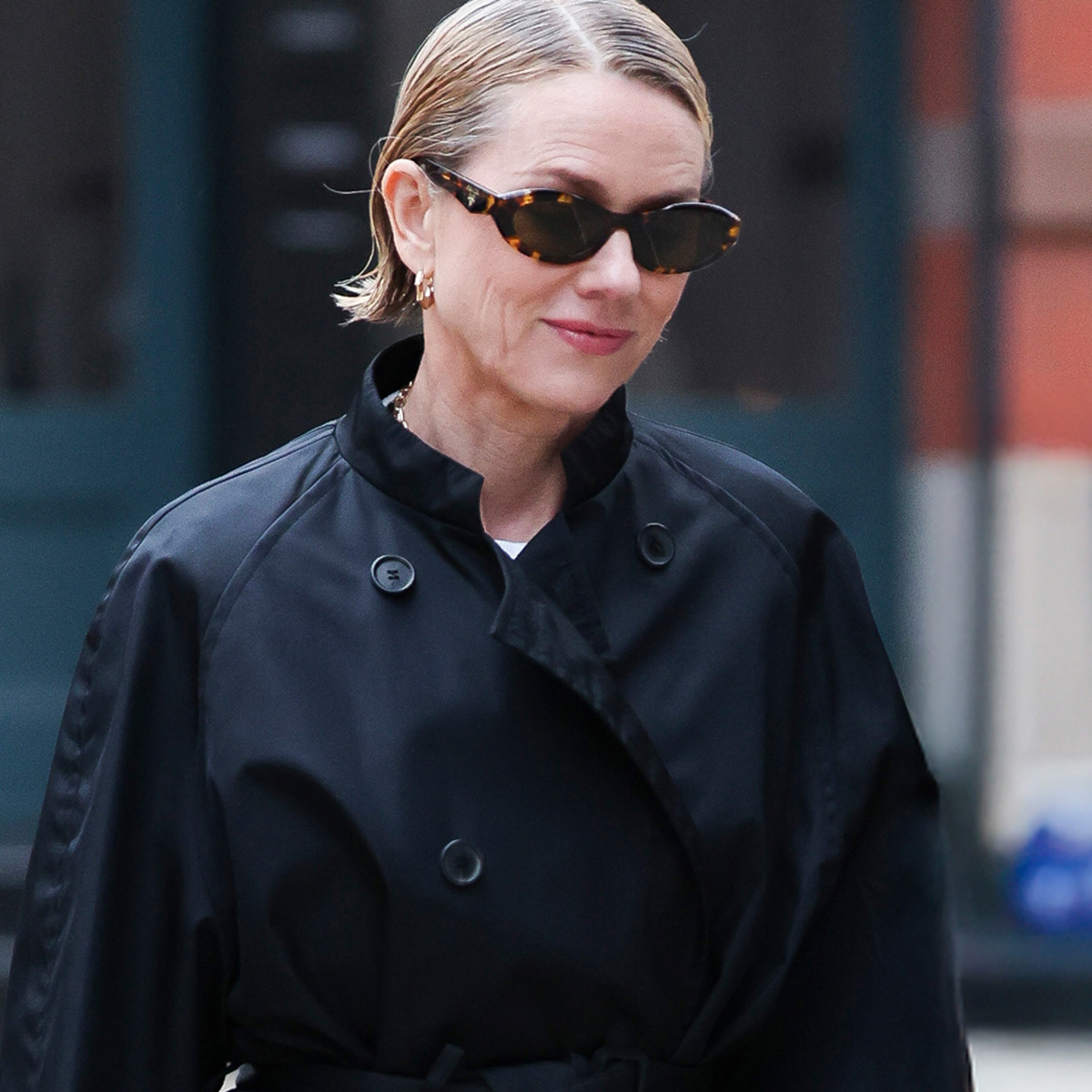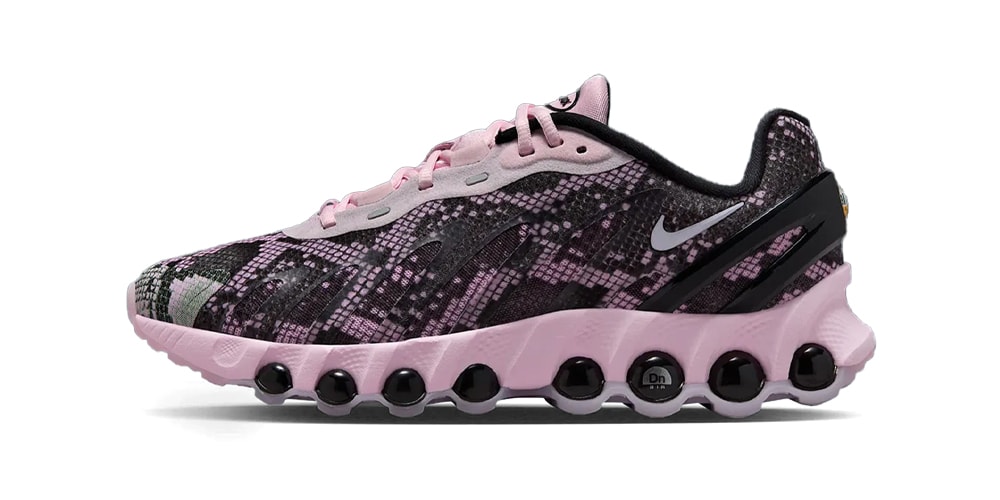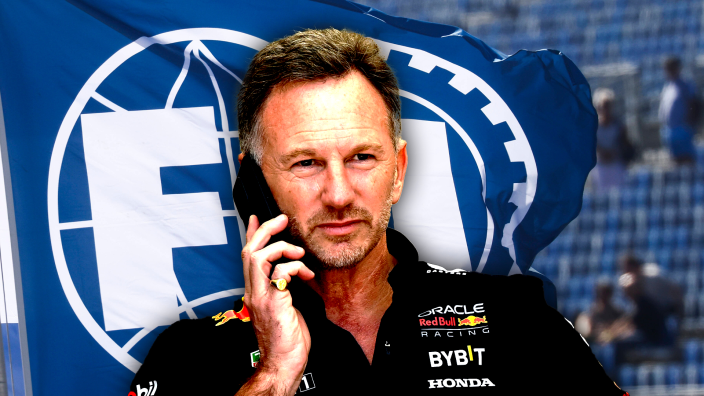2025 Porsche 911 Carrera S First Drive Review: The S Stands for Sweet
Trickle down hardware from the previous GTS and a perfect-as-ever drive arguably make the Carrera S the 911 to buy. The post 2025 Porsche 911 Carrera S First Drive Review: The S Stands for Sweet appeared first on The Drive.

Upgrade Culture is nothing new, but we can probably agree that the launch of the iPhone in 2007 kicked it into overdrive. No one knew it then, but we were all being groomed to desire the latest and greatest gadgets on an aggressive cycle of consumerism. Eventually, it wasn’t just about buying the new iPhone every year, but buying the fancier, faster, bigger iPhone.
Too often, this is the case with enthusiast cars, where new and current owners feel the urge to upgrade to the newer model—and when that’s not enough, the newer and higher-performing model. If you already own a Porsche 911, good for you. Keep it. But if you don’t, the 2025 Porsche 911 Carrera S is the one to buy. Why? Because S stands for Schweet.

I thought of several other meanings for S, like sensational, superb, splendid, and so forth, but none fit the 911 Carrera S quite like sweet. According to Porsche, the S initially stood for Super, as in Super 911. Later on, that morphed into Sport. Regardless of what the S actually stands for, it represents the slightly spicier (Spicier?) version of the base 911, a car that, according to our reviews editor Chris Tsui, “is more than enough car for most people,” including “most Porsche 911 buyers.”
If the base car is that good—and it is, because I drove it back-to-back with the S—then how dare I sit here and tell you that the S is the one to buy? Well, it all comes down to the hardware Porsche throws in for the $26,300 price jump between models.
The Basics
The place of the Carrera S in the Porsche 911 lineup has not changed. It’s offered both in coupe and Cabriolet and slots above the T but below the now-hybrid GTS. Although refreshed for 2025, the 992.2 911 Carrera S doesn’t scream at you with major changes—at least not on the outside. The bulk of the updates have happened under the skin, with most of the hardware and tuning derived from the previous generation GTS. These were designed to enhance performance in a subtle yet noticeable way while delivering a refined, engaging, and exciting driving experience.



The exterior remains quintessentially 911, with a sloping roofline, powerful rear haunches, and iconic round headlights. These are now Matrix Design LEDs as standard. Unlike in the base 911, which rides on 19- and 20-inch staggered wheels, the S rolls on 20s up front and 21s in the back. The cabin now gets a cooled wireless smartphone charger, plus a healthy dose of standard leather upholstery for 2025—it’s on the seats, headrests, dashboard, upper door panels, and when equipped, the tiny (no-cost) rear seats.




Onto the more exciting stuff: the 3.0-liter twin-turbo boxer six-cylinder engine has been tuned to deliver 473 horsepower, which is 30 more than the previous-gen S. It now pumps out 390 lb-ft of torque and is only offered with Porsche’s phenomenal PDK automatic transmission. No manual—yet. The performance increase comes courtesy of new turbochargers derived from the old GTS, though the cooling configuration is new and mirrors that of the 992.1 Turbo, where the intercoolers are mounted directly on the engine.
Perhaps the most noticeable upgrade to the new S—besides the 30 extra ponies—is the addition of the once-optional sport exhaust system, which now comes standard. And trust me, you’ll hear the difference right away.
Driving Experience
Diving into one of the many corners of one of the many great driving roads outside of San Diego, the Carrera S sounded awfully GT3-like as I clicked down the eight-speed gearbox. High-pitched, staccato spurts of aural goodness reminded me of Porsche’s monumental motorsports experience. That was the now-standard sport exhaust at work. Chef’s kiss.

After a series of hairpins, the road stretched out a bit, and it was time to let my right foot do a bit more work. Once again, the throaty and surprisingly loud engine noise filled my ears and made me aware of the car’s increased power as the revs increased. We often talk about what it feels like to get shoved against the seat under acceleration, but not enough about what a masterfully engineered engine is saying under those circumstances. It’s not just noise, it’s not just internal combustion at work, it’s the precise movement of mechanical parts, which altogether deliver something that many of us are willing to pay upwards of $150,000 to enjoy over and over again.
The new standard exhaust was a great move—period. Porsche claims 75% of S buyers sprung for it anyway. Other key upgrades over the base 911 and T are the brakes and suspension. Again, most of the hardware and tuning for these came directly from the old GTS, including the dampers, which allow the car to work its magic on the tightest of corners.

Whether you’re in Normal, Sport, or Sport Plus, the S will give you its best performance, but it’s up to you to manage the car’s nuances. Driving the same stretch of curvy mountain roads on both Normal and Sport Plus (skipped Sport) put the same smile on my face, though the latter commanded more concentration and an extra pinch of respect for the throttle. Unlike in most sports cars, where toggling between the chillest and the most aggressive driving modes delivers a night-and-day difference in driving dynamics, in the Porsche, it is less of a punch in the face and more of a precise pinch of a pressure point.
Throttle response doesn’t drastically get sharper, the steering doesn’t get abnormally heavy, and downshifts don’t go from sporty to wannabe racecar. Whatever tech wizardry happens behind the dash, it happens gracefully. Experienced drivers are rewarded with the full extent of the car’s heightened reactions as they near the upper threshold of the car’s performance spectrum. Like in race cars, these tech gadgets feel more like performance tools, not gimmicks.

The new brakes—six- and four-piston calipers with 16-inch rotors up front and 14.9 in the back—are easy to modulate at speed, though they can feel a bit touchy during stop-and-go traffic. Typical for this kind of vehicle. Also, unless you’re going to hit the track, there’s no real need to drop $10,000 on the optional ceramic composite brakes. Suspension calibration can be altered separately from driving modes via an individual switch below the infotainment screen, and the difference between these is slightly more noticeable than their drivetrain counterpart. But still, not in a gimmicky way, and even the stiffest setting won’t leave you longing for a chiropractor at the end of your day.
If you care about the numbers, here they are: the new S will hit 60 mph from a standstill in just 3.1 seconds and will continue to a top speed of 191 mph when equipped with the Sport Chrono package. It’ll do the quarter-mile in 11.4 seconds, though Porsche didn’t reveal the trap speed. The Cabriolet comes in a fraction behind the coupe at 3.3 seconds to 60, the same top speed, and 11.6 seconds for the quarter-mile.

Getting behind the wheel of the convertible, it is unsurprisingly just as good as the coupe but loads more glamorous. Per Porsche, the underside of the chassis was stiffened to deliver the same dynamics as its fixed-roof sibling, and the stability management system and other electronics were tweaked to better suit the car’s identity. If it were my own dollars, I’d bring home a Cabriolet—just sayin’.
The Early Verdict
You’ll probably hear a few people complain about the new 911’s push-button start, how the gauge cluster is fully digital now, or how a manual isn’t offered. None of it really matters. If you’re looking for the perfect balance of pure driving enjoyment, sportiness, and comfort, the S nails it. Sure, you could spend even more money because your buddy at the gym has a GTS, and he is always bragging about how fast it is. Nonsense, your buddy is probably a terrible driver anyway.
The 2025 Porsche 911 Carrera S isn’t an entirely new animal, but its updates are considerable and worthy of your money. Yes, you can save a bit of cash and go for the base car—which isn’t a bad idea at all—but hey, you’ve worked this hard and saved up some dough. What’s an extra 26 grand to get the Sweet one of the bunch?
| 2025 Porsche 911 Carrera S Specs | |
|---|---|
| Base Price (as tested) | $148,395 ($177,945) |
| Powertrain | 3.0-liter twin-turbo flat-six | 8-speed dual-clutch automatic | rear-wheel drive |
| Horsepower | 473 @ 6,500 rpm |
| Torque | 390 lb-ft @ 2,200-6,000 rpm |
| Seating Capacity | 2 or 4 |
| Cargo Volume | 9.2 cubic feet 13 cubic feet (without rear seats) 4.8 cubic feet (frunk) |
| Curb Weight | 3,424 pounds 3,609 pounds (Cabriolet) |
| 0-60 mph | 3.1 seconds 3.3 seconds (Cabriolet) |
| Top Speed | 191 mph |
| EPA Fuel Economy | TBD |
| Score | 9.5/10 |

Quick Take
There isn’t a thing the 911 Carrera S does wrong, yet its perfect manners don’t come off as boring. Quite the opposite.




Email the author at jerry@thedrive.com
The post 2025 Porsche 911 Carrera S First Drive Review: The S Stands for Sweet appeared first on The Drive.
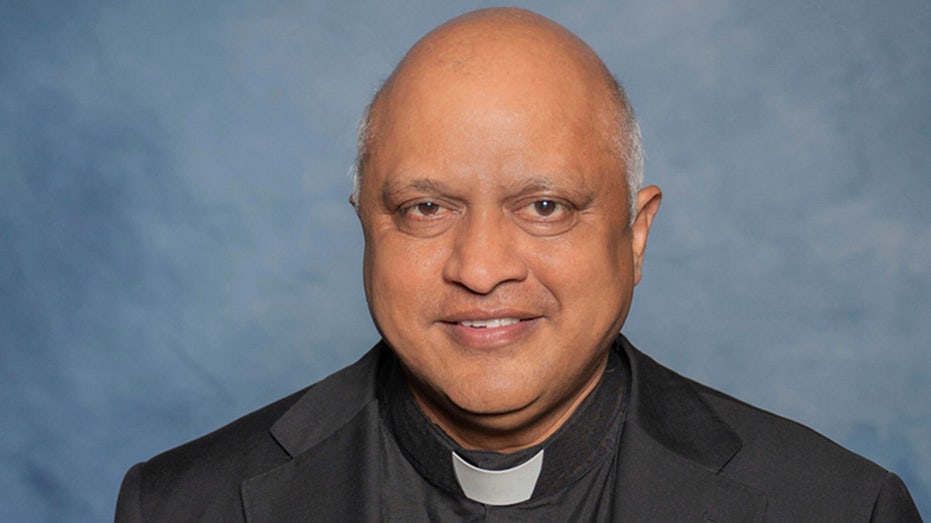



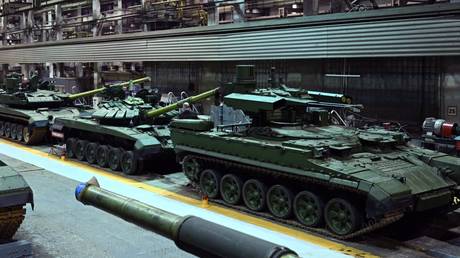



![[FREE EBOOKS] The Kubernetes Bible, The Ultimate Linux Shell Scripting Guide & Four More Best Selling Titles](https://www.javacodegeeks.com/wp-content/uploads/2012/12/jcg-logo.jpg)















